Search Results for 'Galway Corporation'
18 results found.
Henry Street playground to commemorate Galway City’s first female mayor
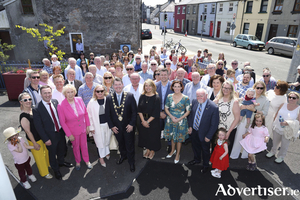
Henry Street Playground was officially named last Friday in honour of former Mayor of the City of Galway, Mary Byrne (1917-2004) - who was the first female Mayor of Galway, and was also a resident of Henry Street.
First female mayor to be honoured

Byrne (1917-2004), for decades a senior nurse in the Regional Hospital (now UHG), lived her entire life on Henry Street and nearby on St Mary's Road.
Memories from the Lorient express
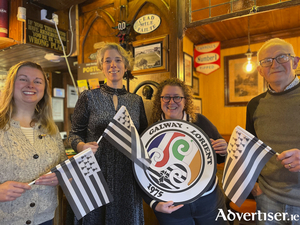
Galway’s longest-standing and most dynamic town twinning, with the Breton city of Lorient, will celebrate its 50th anniversary in 2025. A vibrant lineup of events is planned to mark this milestone, bringing together the people of both cities in a true celebration of their shared Celtic heritage.
Galway Film Society celebrates 60 years of film
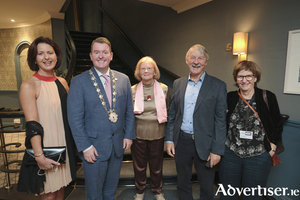
For sixty years Galway Film Society has been at the heart of culture in Galway and the west of Ireland. And at the heart of GFS for most of those years were Joe and Bridie McMahon.
Galway Cathedral
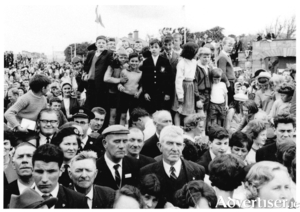
The first bishop of the Diocese was George Browne (1831-1844). He was followed by Lawrence O’Donnell (1844-1855); John McEvilly (1955-1883); Francis Carr (1883-1888); Francis McCormack (1888-1908); Thomas O’Dea (1908-1923); Thomas Doherty (1923-1936); and Michael Browne (1937-1976).
Poor Clares commemorate 375th anniversary on Nuns’ Island
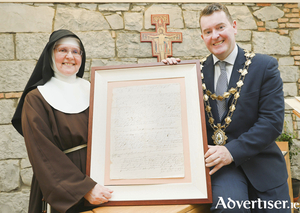
The Poor Clares of Galway have commemorated the 375th anniversary of the granting to them of the Nuns’ Island site by the Galway Corporation, a landmark event that took place on 10th July 1649.
The Town Hall, a brief history

In 1639, the Corporation ordered that some of the shops and buildings adjacent to the market be pulled down and “all the same be reduced into a strong sufficient stone house, covered with slate and to be underpropped with good stone pillars, whereby way through it shall be to the said church”. The proposed building was to be opposite the present Anthony Ryan’s shop and was to be a Tholsel or premises for the town clerk, for the Corporation records and for meetings of the Common Council.
O’Flaherty’s Garage
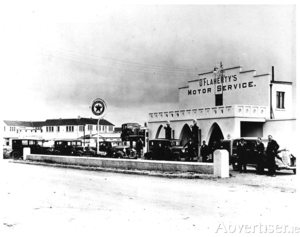
Patrick O’Flaherty bought an old thatch cottage in 1901 and converted it into a two-storey house which would become Numbers 15 and 16 Upper Dominick Street, part of which became a small shop operated by his wife Aggie (née Staunton) and part became O’Flaherty’s Garage. They operated a hackney service and advertised “Galway’s leading hire service in luxurious charabancs and motors (touring and saloon). All tours through beautiful Conemara radiate regularly from O’Flaherty’s”.
Leisureland, fifty years old

The front page story on the first ever issue of the Galway Advertiser in 1970 was about the announcement of plans for a proposed new leisure centre to be situated between Revagh Road in Rockbarton and the Promenade.
Aidan Heffernan, a sporting champion

Aidan was one of 13 children born to John and Lena Heffernan who lived in 143 Bohermore. John was originally from Lower Salthill and worked in the ESB. Aiden went to school in St Patrick’s and later to Moneenageesha.

